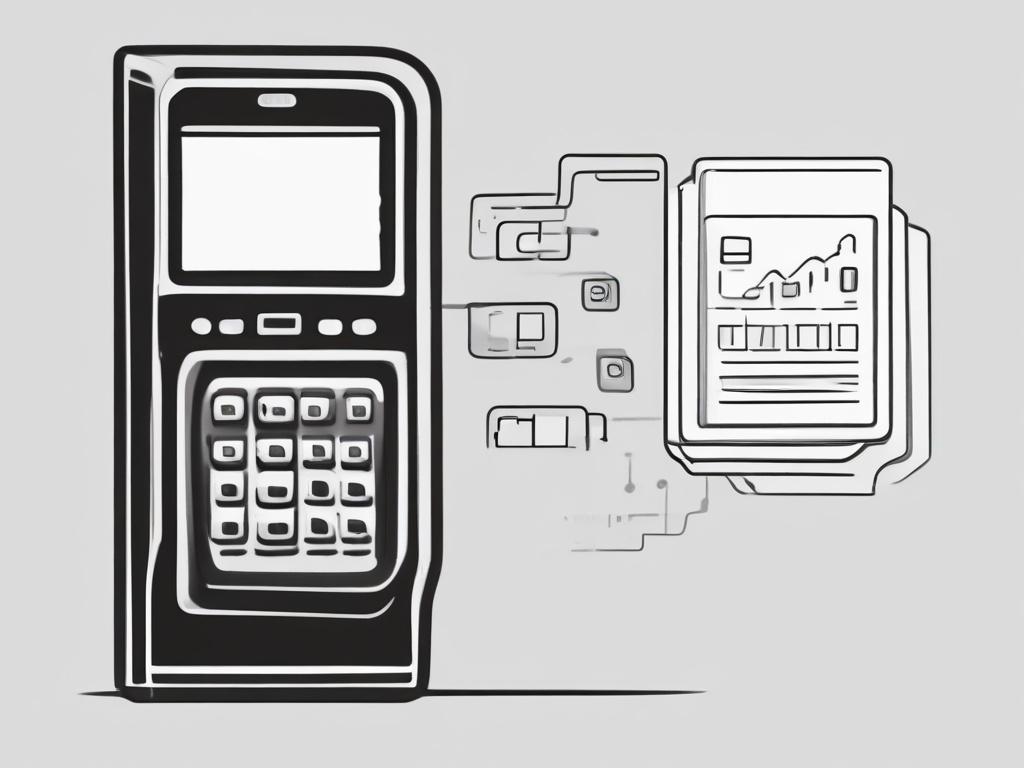
The payments market is undergoing a significant transformation, driven by a confluence of key trends that are reshaping how consumers and businesses transact in an increasingly digital landscape. As the digitalization of commerce accelerates, businesses are adopting innovative payment solutions to meet the evolving expectations of tech-savvy consumers. Mobile payments are leading the charge, offering seamless and convenient transaction experiences that streamline everyday purchases. This blog post delves deep into these pivotal drivers, exploring how they contribute to the overall growth of the payments market and setting the stage for exciting developments in the years to come.
In addition to the robust adoption of mobile technology, the rise of cross-border e-commerce is unlocking new avenues for expansion in the payments sector. As more businesses embrace global markets, the need for efficient, secure payment methods has never been more critical. Real-time payments further transform the landscape, providing instantaneous transaction capabilities that enhance both customer satisfaction and operational efficiency. Join us as we analyze these key drivers and provide insights into the projected market size and future growth trends through 2030, highlighting the evolving dynamics that will shape the payments industry.
Exploring key drivers of market growth: Digitalization of commerce and mobile payments
The digitalization of commerce has significantly reshaped the payments landscape, driving a surge in online transactions. Businesses increasingly leverage e-commerce platforms to reach wider audiences, leading to a substantial shift from traditional payment methods to digital solutions. As consumers favor convenience and speed, businesses are adopting integrated payment systems that enhance user experiences. This shift not only reduces transaction friction but also enables real-time data analytics, allowing merchants to refine their strategies based on consumer behavior. Consequently, the digitalization of commerce acts as a cornerstone for the payments market's growth trajectory, creating opportunities for innovative payment solutions.
Mobile payments further bolster this transformation, making transactions faster and more accessible than ever. With the proliferation of smartphones and mobile wallets, consumers now enjoy the flexibility of making payments anywhere and at any time. This shift towards mobile payments not only caters to the demand for convenience but also encourages businesses to adopt mobile-friendly solutions, thus expanding their customer base. As financial technology continues to evolve, mobile payment options are likely to become the norm, further propelling the payments market. Together, the digitalization of commerce and the rise of mobile payments stand as key drivers that shape the future of payment systems, paving the way for remarkable growth in the coming years.
The rise of cross-border e-commerce: Unlocking new opportunities for growth
Cross-border e-commerce is reshaping the payments landscape by allowing businesses to tap into international markets with ease. Companies of all sizes recognize that selling products and services beyond their local borders can significantly boost revenue streams. As consumers increasingly seek unique products not available in their countries, merchants gain access to a vast audience. This growing demand drives the necessity for flexible payment solutions that cater to diverse currencies, regulations, and customer preferences. Consequently, businesses investing in cross-border e-commerce can harness the power of global retail trends to expand their footprint and capitalize on emerging markets.
To support the growth of cross-border e-commerce, payment providers are innovating to deliver seamless transaction experiences. They are integrating advanced technologies that ensure security, efficiency, and speed in international payments. Localized payment options have become a critical consideration, enabling customers to pay in their preferred currency and method. Additionally, regulatory compliance challenges are being addressed by payment service providers, simplifying international transactions for both merchants and consumers. As this segment of e-commerce continues to flourish, it is essential for businesses to adapt their payment strategies to capture the growing opportunities in global markets, ultimately contributing to overall market growth until 2030.
Real-time payments: Transforming the payments landscape and fueling market expansion
Real-time payments have emerged as a game-changer in the payments industry, revolutionizing how consumers and businesses conduct transactions. With the rise of instant payment systems, such as the RTP (Real-Time Payments) network in the United States and the Faster Payments Service in the UK, speed and efficiency become the norm rather than the exception. These systems allow users to complete transactions within seconds, eliminating traditional delays associated with processing times. As a result, businesses can streamline their operations, enhance customer satisfaction, and increase transaction volumes, driving substantial growth in the payments market.
Moreover, real-time payments have the potential to support the evolving needs of consumers who demand immediacy in their purchases. The convenience of immediate fund transfers fosters a seamless retail experience, whether for online purchases or in-store transactions. This shift supports the digitalization of commerce, as businesses adopting real-time payment solutions can better cater to tech-savvy consumers and gain a competitive edge. Consequently, the integration of real-time payment systems into the payments ecosystem not only meets current consumer expectations but also paves the way for future growth, with estimates suggesting significant market expansion as more entities adopt these technologies through 2030 and beyond.